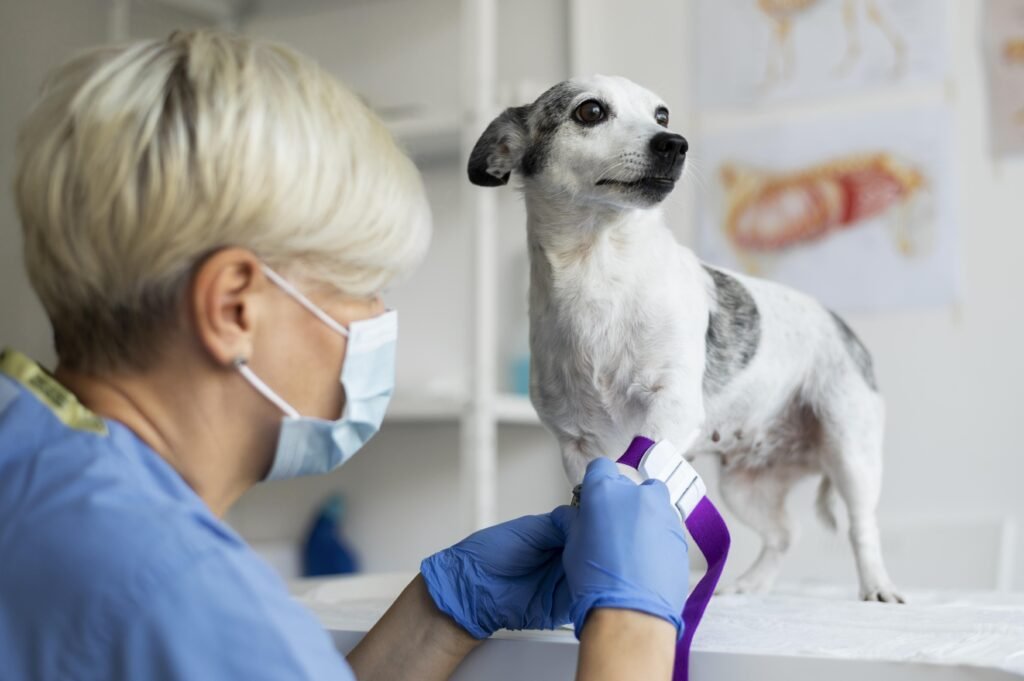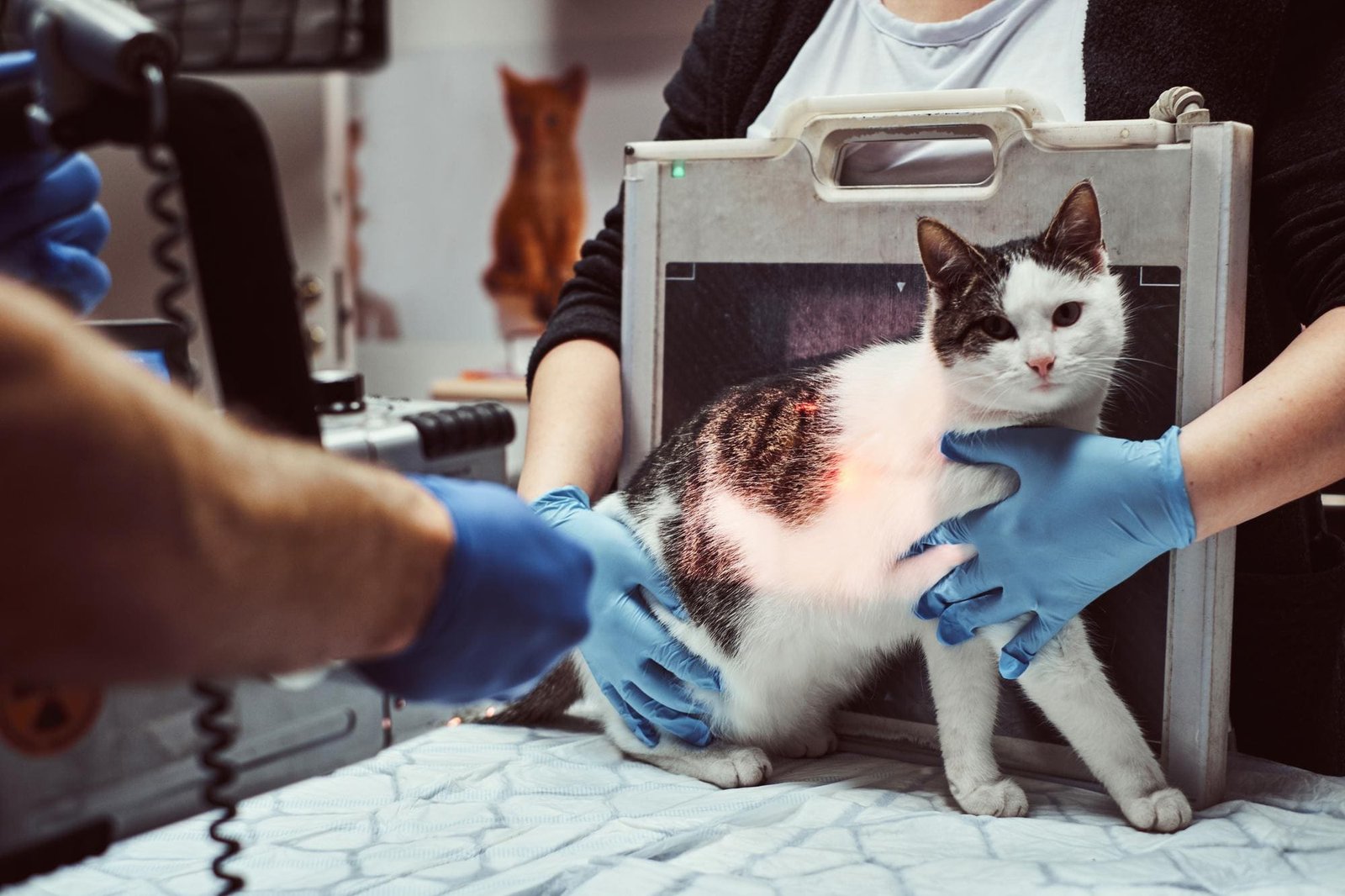
When it comes to veterinary anaesthesia, understanding the differences between cats and dogs is vital. Whether you’re a pet owner scheduling a procedure or a veterinary professional ensuring top-tier care, knowing how these species vary helps enhance safety and outcomes. Both cats and dogs require tailored anaesthetic protocols due to unique physiological traits, drug reactions, and recovery patterns. Let’s explore the major anaesthetic differences to ensure a safer experience for your furry friends.
Key Physiological Differences:
Drug Metabolism in Cats vs Dogs:
Cats process drugs differently from dogs, primarily due to variances in liver enzyme activity. While dogs metabolize many drugs efficiently, cats have a slower metabolism for certain substances. This can lead to prolonged effects of anaesthetic agents or, in some cases, toxicity. Understanding these metabolic distinctions ensures the proper selection and dosing of anaesthetic drugs.

Size and Weight Considerations:
Size and weight play a critical role in anaesthetic protocols. Dogs often come in a broad range of sizes, from tiny Chihuahuas to large Great Danes, requiring careful adjustments to dosages. On the other hand, cats tend to fall within a narrower weight range but are more sensitive to even slight dosing inaccuracies. The precision of these calculations directly impacts the safety and efficacy of anaesthetic care.
Species-Specific Reactions:
Cats exhibit unique sensitivities to certain anaesthetic drugs. For instance, ketamine—a commonly used sedative—is generally safe for dogs but requires cautious use in cats due to potential adverse effects. Conversely, propofol, widely used in dogs, may need dosage modifications for felines. Recognizing these nuances prevents complications and ensures smooth procedures.
Anaesthetic Protocols and Pre-Procedure Considerations:
Pre-Anaesthetic Evaluation:
Before any anaesthetic procedure, evaluating the pet’s baseline health is essential. Cats typically have a higher resting heart rate and respiratory rate than dogs. Additionally, differences in blood pressure and oxygen levels must be considered during pre-anaesthetic examinations to establish safe parameters for each species.
Tailored Protocols:
A one-size-fits-all approach doesn’t work for anaesthesia in pets. Dogs may tolerate a wider range of anaesthetic drugs, whereas cats require meticulous care due to their smaller size and unique physiology. Protocols are adjusted to account for these distinctions, including drug choice, dosage, and administration methods.
Species-Specific Anaesthetic Considerations:
For example, xylazine, a sedative used in veterinary medicine, is well-suited for dogs but is toxic for cats in specific doses. Additionally, some analgesics may be safer for dogs but need complete avoidance in feline patients. A clear understanding of these differences is critical to avoiding adverse effects.

